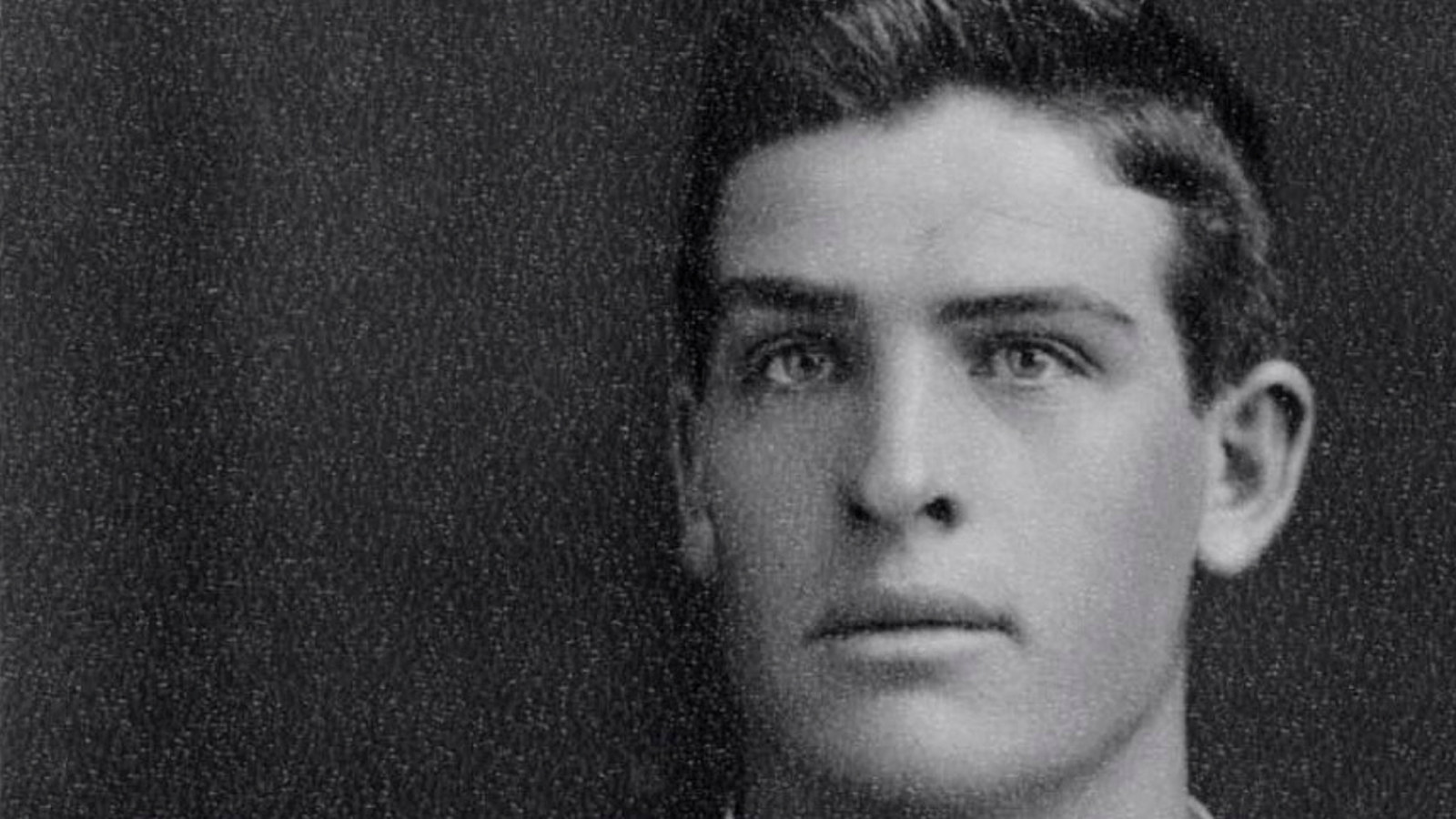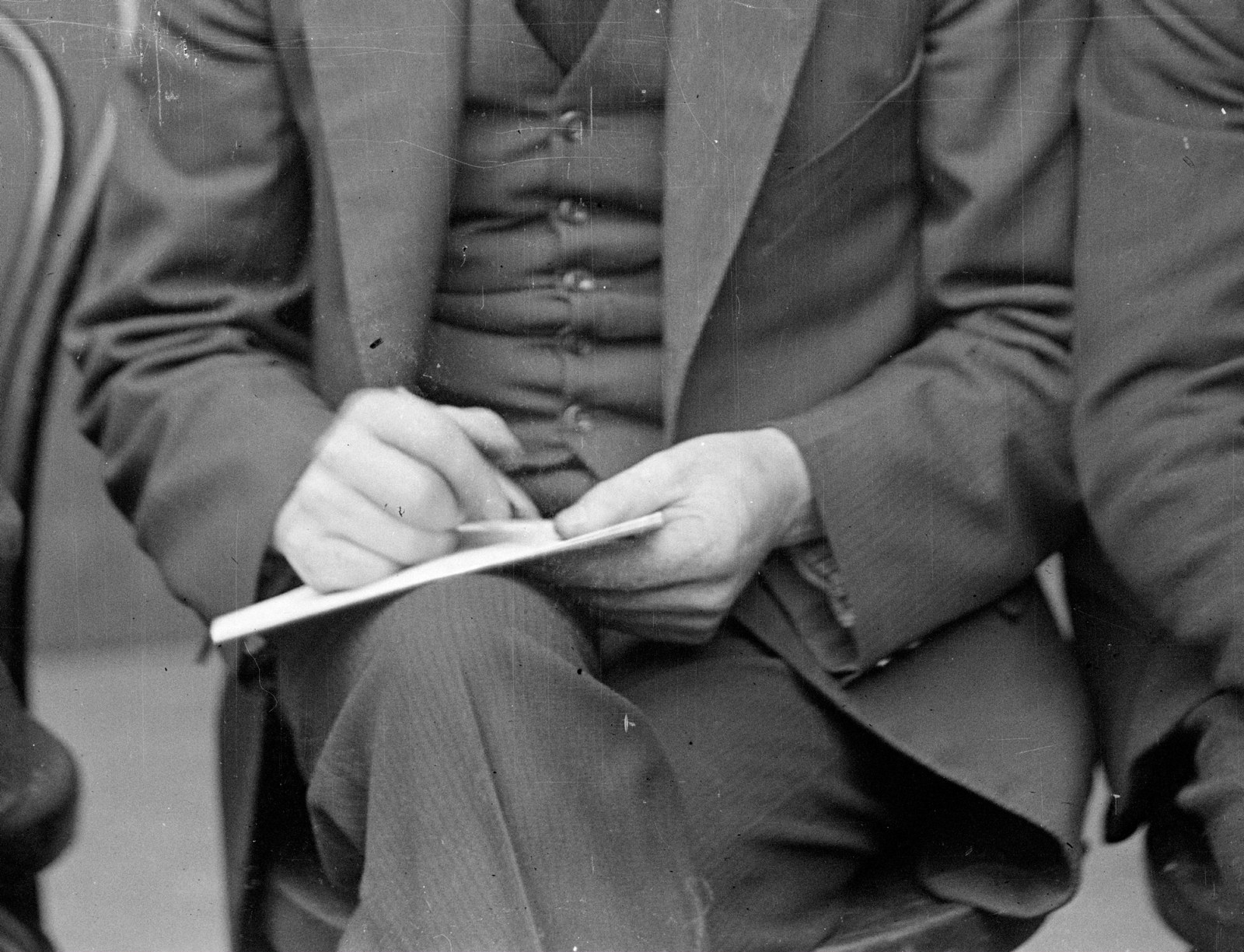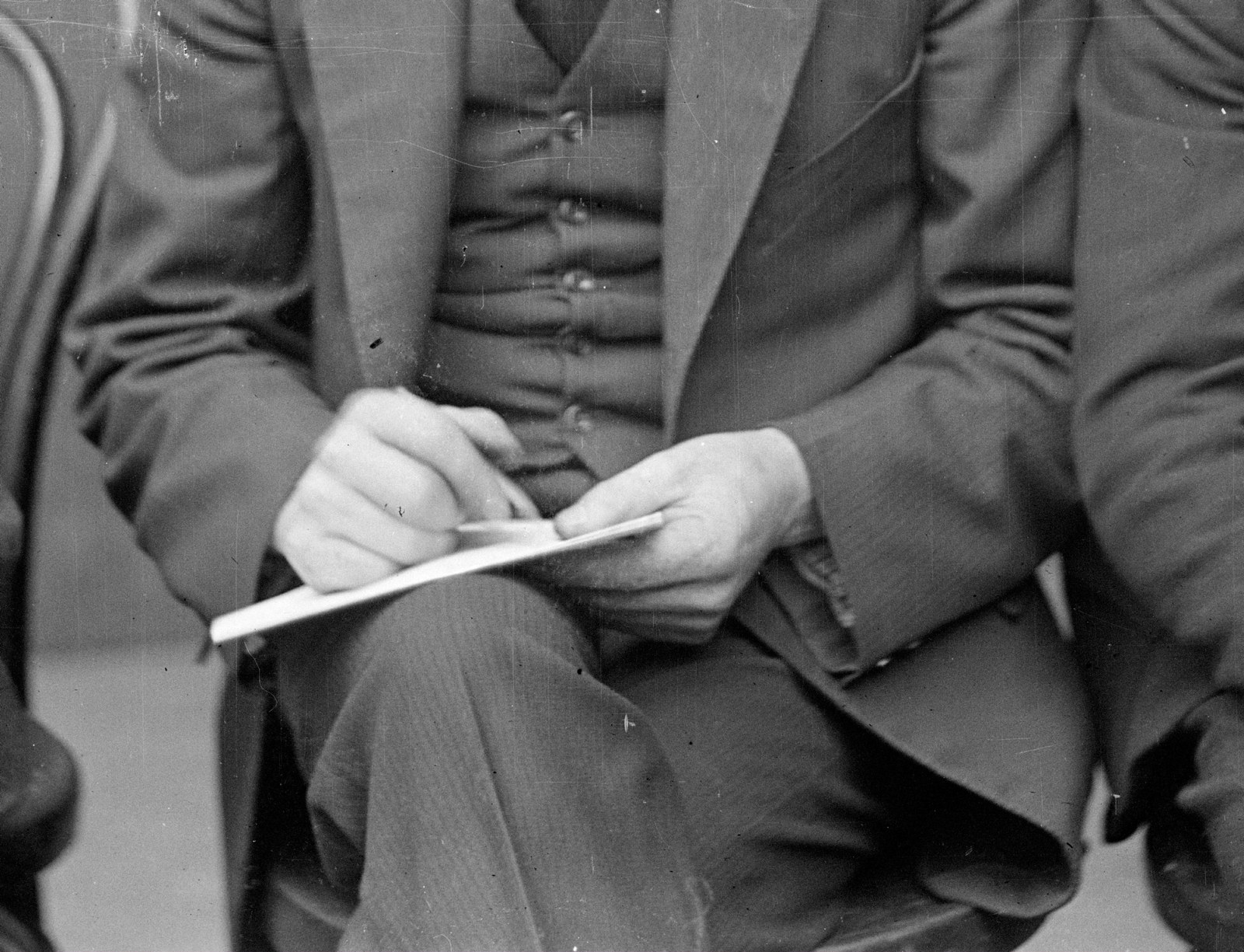Behind the scenes: How to read a ‘special’
Around the world, police forces followed established conventions when taking mugshots.
But Sydney police in the 1920s did things differently. Suspects hold handbags, papers, cigarettes and conversations. This deviation from protocol creates images suffused with the suspect’s personality, not unlike a commissioned studio portrait – if you ignore the backdrop of cell doors.
The people in the Specials photographs were yet to have their day in court, and some were never found guilty. Most of the Specials were taken outside the holding cells at Sydney’s Central Police Station. The police photographer positioned his camera to make the best use of available light and placed a bentwood chair in the frame to give an idea of the suspect’s height. The lack of signs that the person was in custody, such as handcuffs, meant the images could be shown to a witness during a criminal investigation without prejudicing the person against the suspect.
Information, including the date, the suspect’s name (occasionally misspelt) and references to previous convictions, was sometimes inscribed onto the negative.
Learn how to read a 'Special' with our handy guide below:
1. Name or alias
2. Date photograph was taken
3. Special photograph number
4. Fingerprint classification
5. Reference to any previous criminal conviction
6. Name pencilled onto or scratched into emulsion by police photographer
Find out more about police photographer George B. Howard.
Related

Police photographer George Howard
George B Howard was a prominent police photographer in Sydney during the 1920s
Published on
More Underworld

Underworld
Nerida Campbell Joins Studio 10
Today Underworld curator Nerida Campbell joined Studio 10 to share her insights into the captivating exhibition mugshots

How the Specials inspired singer Russell Morris
Inspired by the enigmatic police photograph of Sydney swindler Thomas “Shark Jaws” Archer (alias Thomas Sweeney, Thomas Everet), celebrated Australian musician Russell Morris wrote his hit blues and roots song Sharkmouth

Underworld
Barbara Turner Taylor: Plotter
Described by police as the cleverest magswoman and confidence trickster in New South Wales, Barbara Turner Taylor was a master in manipulation

Underworld
Following in the footsteps of the Razor Gangs: Charlotte Lane
On 22 June 1927, the original razor gangster, Norman Bruhn, was shot to death by a gunman lurking in the shadows outside Mac’s sly-grog shop in Charlotte Lane, just around the corner from Stanley Street in Darlinghurst

Underworld
The 'Apache' Thief
Join Nerida Campbell, curator of the Underworld exhibition as she continues to uncover interesting stories from Sydney’s seedy underworld

Underworld
Ettie Benn: Escapologist
Ethel ‘Ettie’ Benn was an extraordinarily athletic thief who never learned from her mistakes

Underworld
Following in the footsteps of the Razor Gangs - Part 2
Join writer Larry Writer, author of Razor: Tilly Devine and the razor gangs in his latest instalment of walking the mean 1920s streets as featured on his Razorhurst walking tours

Underworld
Behind The Scenes: Underworld Exhibition Design
Join Kieran Larkin Senior 3D Designer, as he takes us behind the scenes of the design of our Underworld: Mugshots from the Roaring Twenties exhibition

Underworld
Following in the footsteps of the Razor Gangs
Step into Sydney’s seedy underworld with Larry Writer, author of Razor: Tilly Devine and the razor gangs as he explores the mean streets of Kings Cross, Woolloomooloo, East Sydney and Darlinghurst as featured on his Razorhurst walking tours

Underworld
Behind the scenes: The Underworld Book
Join Bruce Smythe Senior Project Designer, as he takes us behind the scenes of the design of our 'Underworld: mugshots from the Roaring Twenties' publication